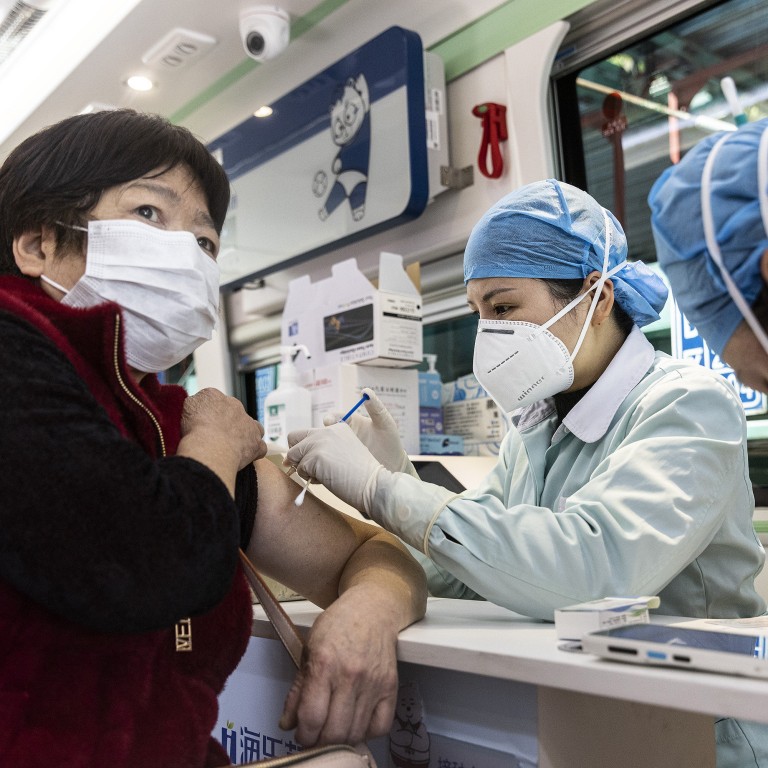
Coronavirus vaccines, global export demand lifts Asia economic growth forecast but recovery still ‘patchy’
- The Asian Development Bank (ADB) predicts growth of 7.3 per cent in developing Asia this year, compared with its previous forecast of 6.8 per cent growth in December
- China and India are expected to lead the rebound across the vast region stretching from the Cook Islands in the Pacific to Kazakhstan in Central Asia, the lender said on Wednesday
China and India are expected to lead the rebound across the vast region stretching from the Cook Islands in the Pacific to Kazakhstan in Central Asia, the lender said on Wednesday.
The Philippines-based ADB predicted growth of 7.3 per cent, compared with its previous forecast in December of 6.8 per cent and a contraction of 0.2 per cent in 2020 – but said the recovery would be “patchy”.
Tourist-dependent economies in the Pacific and elsewhere face a slow road back. Conversely, a handful of economies in the region that have contained domestic outbreaks and are benefiting from the recovery in global demand will continue to show resilience and expand
“Some economies continue to struggle to contain the virus and its new variants,” the ADB said in its flagship “Asian Development Outlook”.
“Tourist-dependent economies in the Pacific and elsewhere face a slow road back. Conversely, a handful of economies in the region that have contained domestic outbreaks and are benefiting from the recovery in global demand will continue to show resilience and expand.”
The ADB warned that delayed vaccine roll-outs could also prolong economic disruptions in the region where “progress varies considerably” in getting jabs into arms.
By the end of March, developing Asia had administered 5.2 doses per 100 people, led by China, India, Indonesia and Bangladesh, the ADB said.
That trailed the global average of about eight doses per 100, it said.
The ADB’s upbeat outlook for India – 11 per cent growth after shrinking eight per cent last year – could be revised as the country battles a huge surge in coronavirus infections, chief economist Yasuyuki Sawada told reporters.
But Sawada said the forecast was still “achievable and realistic at this stage” given the low base of comparison, use of more targeted containment measures and speed of the country’s vaccination drive.
But the outlook for some countries was bleak.
Myanmar was likely to contract 9.8 per cent this year, the ADB said, as turmoil triggered by the military’s ousting of civilian leader Aung San Suu Kyi in February disrupted an economy already hit hard by Covid-19.
Economic recovery from coronavirus ‘increasingly visible’ as IMF lifts China, global outlook
Given the political uncertainty in the Southeast Asian country, the ADB said it would not issue a forecast for 2022.
Economic pain triggered by the pandemic would deepen in some Pacific island countries as international tourism remains blocked by border closures.
The Cook Islands is expected to contract a whopping 26 per cent this year, while Samoa is forecast to shrink by 9.2 per cent.
The Philippines – which shrivelled by 9.6 per cent in 2020, making it the worst performer in Southeast Asia – is expected to grow 4.5 per cent this year.
But the ADB said the recovery would be “fragile” due to uncertainty over the virus and vaccine supply.

.png?itok=arIb17P0)
